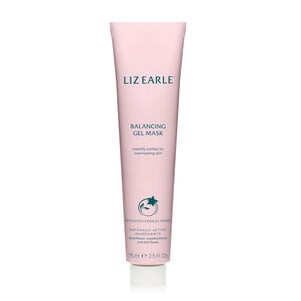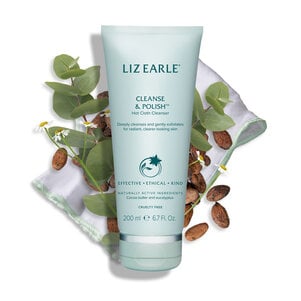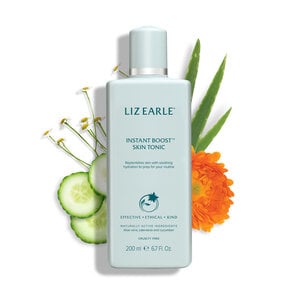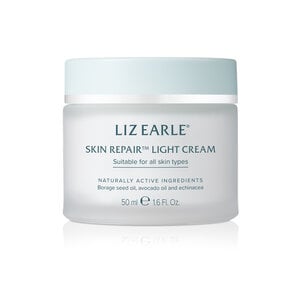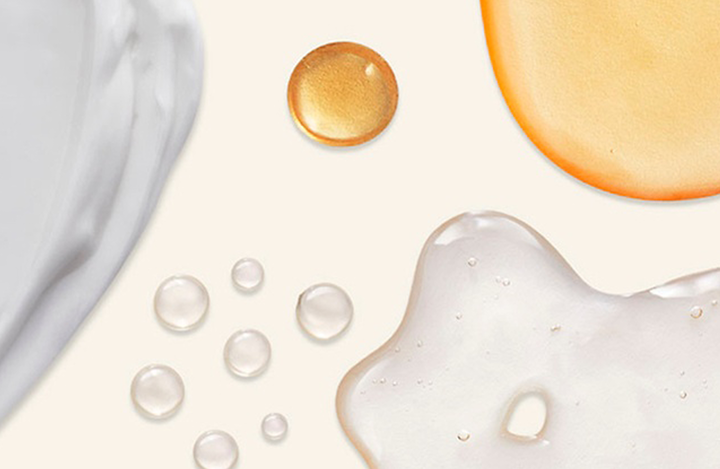
How to improve uneven skintone
May 20, 2020
6 min read
Uneven-looking skin tone is one of those dermatology umbrella terms that’s actually quite hard to pin down – there are just so many reasons your skin may look patchy, dull or discoloured at any given time, from irregular pigmentation to air pollution. However, the comforting thing to know is there’s plenty you can do to help brighten and boost your skin’s natural radiance levels, helping skin to look more even. What’s key is determining the underlying cause, then taking the necessary steps to bring your skin tone back into balance. From helping restore a compromised skin barrier, to exfoliating effectively, our expert guide can help you restore a radiant-looking, fresh-faced glow in next to no time.

What is uneven-looking skin tone?
In basic terms, uneven-looking skin tone refers to any complexion with irregular colouring, be that dark areas of hyper-pigmentation, the appearance of sensitivity- induced redness or dull skin that appears pale and uneven.
Most of us will experience uneven-looking skin at one time or another, and while it's usually fairly straightforward to disguise with make up, it can be an indicator of something else going on much deeper in the skin.
Look at your older siblings' and parents' skin — is it bright and clear or does it look uneven to? This is often a good test to see if your irregular-looking skin tone is hereditary or if there might be another reason — for instance, some hormonal imbalance — at play.

What causes uneven-looking skin tone?
Probably the most common cause of uneven-looking skin tone is sun damage. UV exposure triggers an overproduction of melanin — skin's natural protective pigment — which can result in irregular areas or dark spots (sometimes referred to as age spots) forming in the skin's lower layers. Because of the way our skin cells naturally shed over time, these damaged lower layers gradually travel up towards the surface of the skin where the areas of pigmentation eventually become visible, so we're often not even aware of the damage until it's too late.

Our best skincare for uneven-looking skin tone
To help improve the appearance of existing sun spots, exfoliate regularly to support the skin's natural regeneration process. Our Gentle Face Exfoliator is perfect for smoothing skin texture and refining dry areas, while also helping any products you apply afterwards to get to work more effectively.
Last but by no means least, give dull-looking skin a vital radiance boost in the shape of our botanically charged Balancing Gel Mask, made with a trio of wildflower waters to quickly balance and calm.

How else can I tackle uneven-looking skin tone?
First and foremost, be mindful of your UV exposure, even on cloudy days, as this is the single biggest cause of areas of uneven pigmentation.
Keeping skin gently cleansed, toned and hydrated will help it look radiant no matter what, even if you are experiencing some irregularities (and perfect, flawless skin just isn’t a reality for most of us anyway).
One thing you can definitely do if you suffer with post-inflammatory pigmentation is to limit touching your skin as much as possible. We know it’s tempting to pick, but every time you bother a blemish, the mark it leaves behind takes longer to heal and fade.
For a short-term fix, a well-matched foundation and non-drying concealer can do wonders to disguise problem pigmentation.
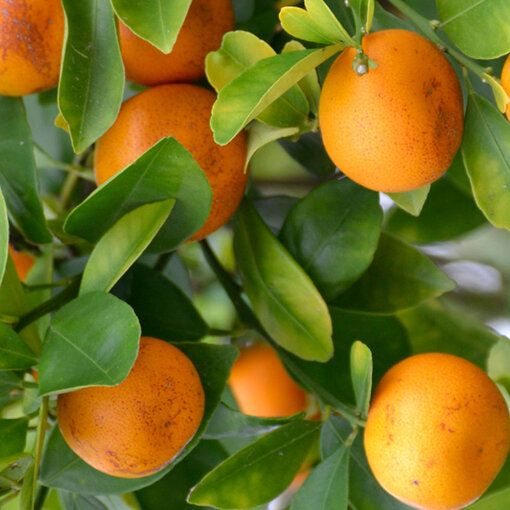
Eat foods rich in vitamin C
To help your skin protect itself from within, include plenty of foods containing vitamin C, nature’s own skin brightener and a powerful antioxidant which can help counteract the free-radical damage caused by UV exposure – a key cause of uneven-looking skin tone. Foods that are high in vitamin C include edible seaweeds, oranges, kiwis and red peppers. You may also want to consider a high quality vitamin C supplement as the body is unable to store vitamin C (it’s water soluble so is quickly excreted through sweat or urine), therefore it requires a regular supply.
Beta carotene, another valuable nutrient to add to your plate, is converted to vitamin A by the body and may also help combat the oxidative stress that causes skin to age. Find this powerful carotenoid in carrots, squashes and dark leafy greens.
As always, drink plenty of water to support the skin and its innate regenerative function. If nothing else, hydrated skin looks healthier.
SHOP THE PRODUCTS
